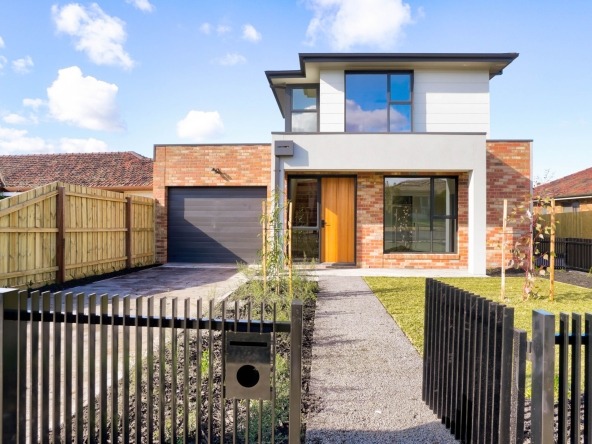The difficulty of affording a home in Australia stems from a combination of economic, demographic, and policy factors. Here’s an overview:
1. High Demand, Limited Supply
- Population Growth: Australia’s population growth, particularly in urban centers like Sydney, Melbourne, and Brisbane, has fueled demand for housing. This is partly due to natural growth and high levels of immigration.
- Supply Constraints: There are significant restrictions on land availability, driven by zoning laws, environmental protections, and urban planning policies. This limits the construction of new homes, especially in areas with high demand.
2. Soaring Property Prices
- Speculation and Investment: Australian real estate is a popular investment asset. Both domestic and foreign investors contribute to price growth, often outcompeting first-home buyers.
- Low-Interest Rates: Historically low interest rates over the past decade have made borrowing cheaper, leading to higher borrowing limits and, consequently, increased property prices.
- Housing as an Asset Class: Many Australians view property as a primary wealth-building tool, contributing to its overvaluation relative to wages.
3. Stagnant Wage Growth
- While property prices have risen significantly over the last two decades, wage growth has lagged. This has made it increasingly challenging for first-time buyers to save for deposits or meet loan requirements.
4. Policy Factors
- Negative Gearing and Capital Gains Tax Discounts: These tax policies incentivize investment in property, disproportionately benefiting investors over first-home buyers.
- First Home Buyer Grants: While aimed at helping first-time buyers, these grants often increase demand without addressing supply issues, leading to higher prices.
- Lack of Affordable Housing Programs: There is insufficient government intervention to provide affordable housing options for middle- and low-income earners.
5. Global Economic Influences
- Australia’s housing market has also been affected by international capital flows, particularly from countries with high wealth inequality, such as China. This adds upward pressure to housing prices, especially in major cities.
6. Urbanization Trends
- A significant portion of Australia’s population prefers to live in urban areas with access to jobs, infrastructure, and lifestyle amenities. This concentration of demand further inflates prices in cities while regional areas remain relatively affordable.
7. Cultural Preferences
- Many Australians have a strong cultural preference for home ownership, often opting for standalone houses over apartments. This preference increases demand for certain types of properties, pushing up their prices.
Possible Solutions
Addressing housing affordability requires a multifaceted approach:
- Reforming tax policies like negative gearing.
- Increasing public investment in affordable housing.
- Encouraging higher-density developments in urban areas.
- Streamlining planning and zoning regulations to increase housing supply.
- Introducing measures to curb speculative investment.
However, political and economic interests often make these solutions challenging to implement. There is definitely plenty of evidence why people are unable to afford a home.
What to do next?
If you’re interested in learning more about building a home, we’d love to assist you. Contact us today for expert guidance on your property journey.
For additional insights, check out our YouTube channel and Market Insights, where we provide valuable information on property investment and homeownership.
Visit us at: www.crestproperty.net.au
While we strive to ensure the accuracy of this information at the time of publication, changes in legislation and circumstances may impact its relevance. For the latest details, please contact us directly.
February 2025





